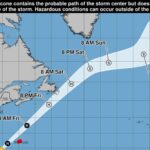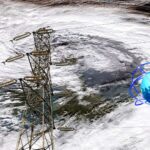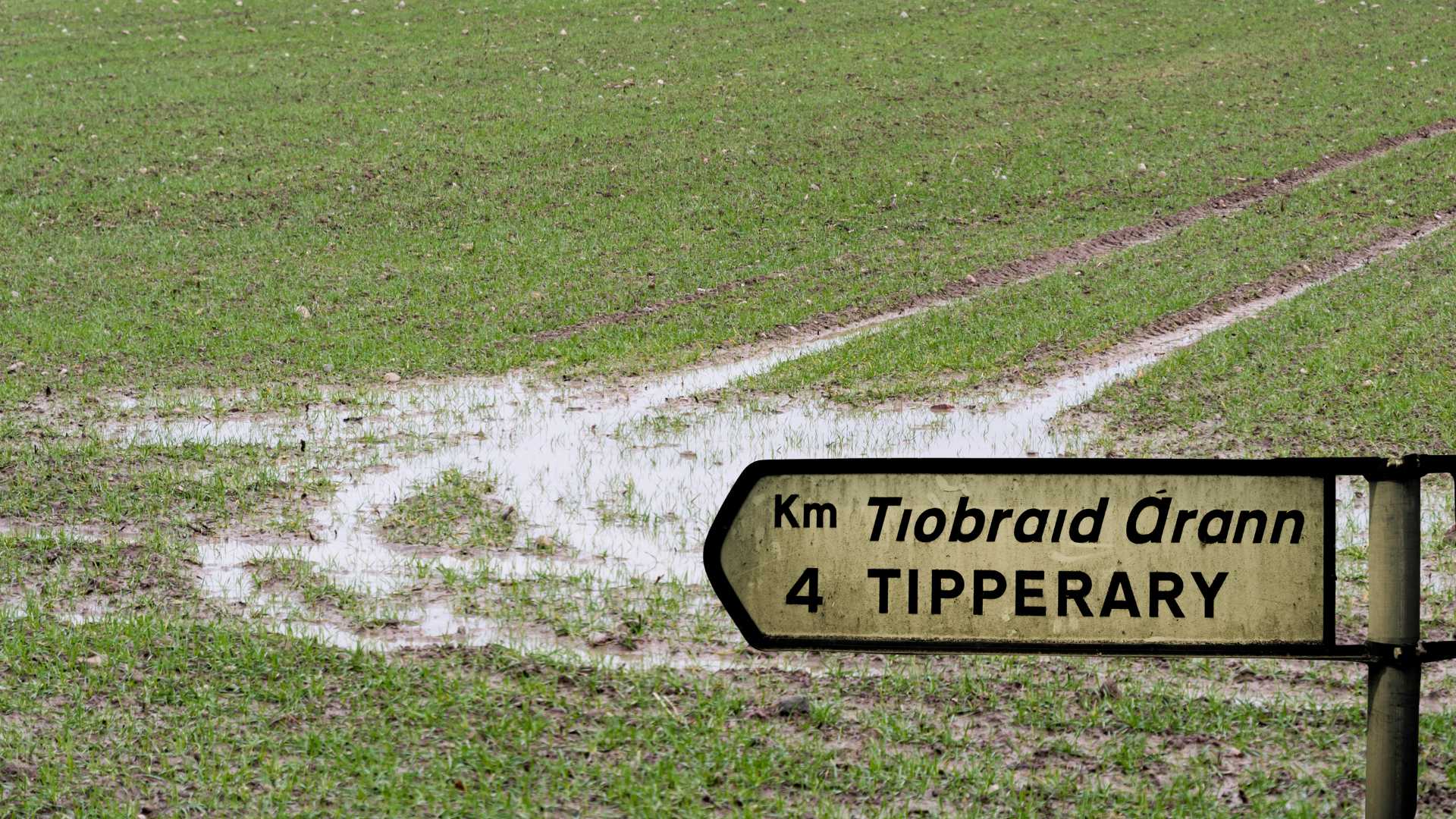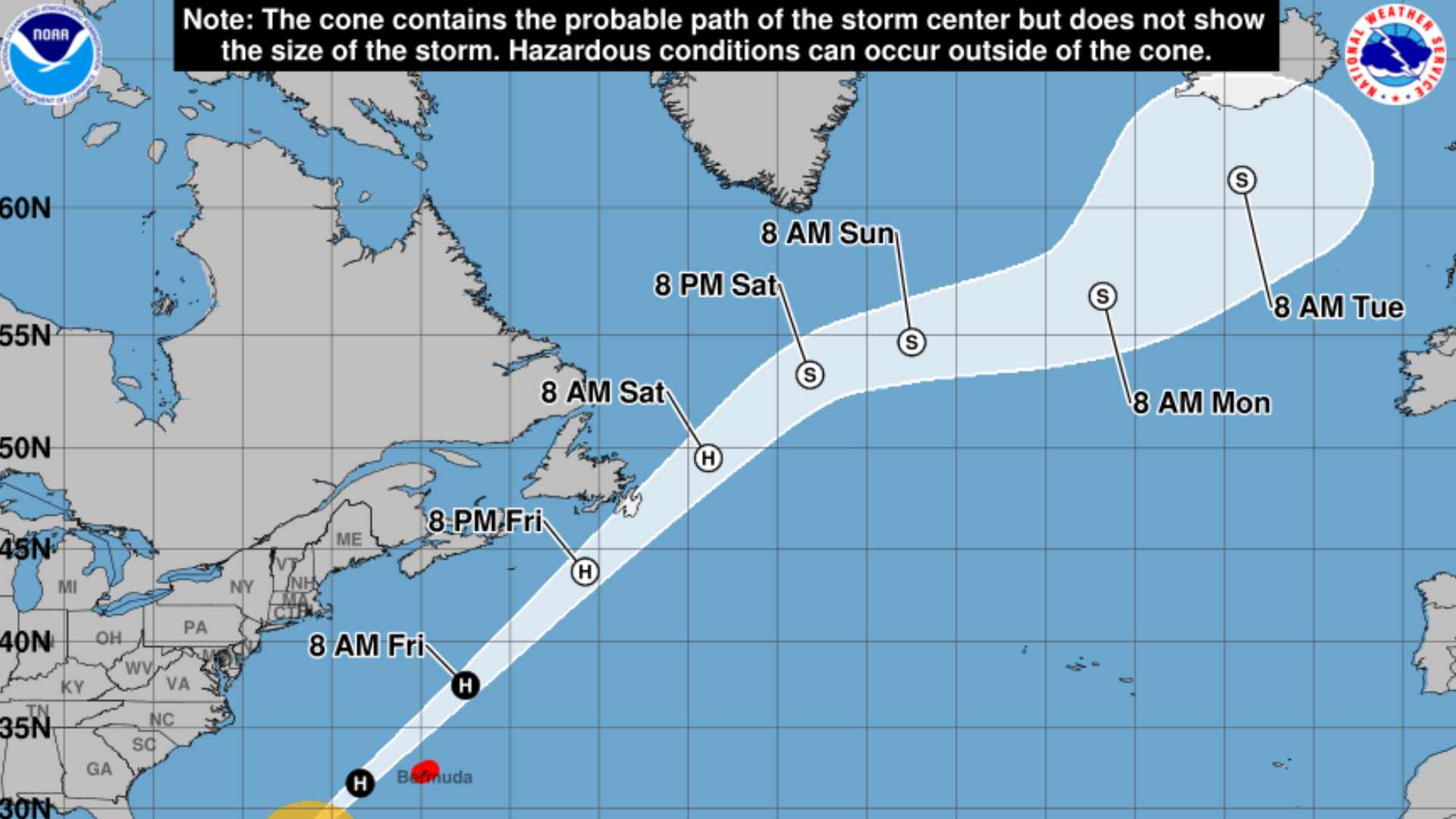
Study Warns Glacier Cooling Nears Its Peak
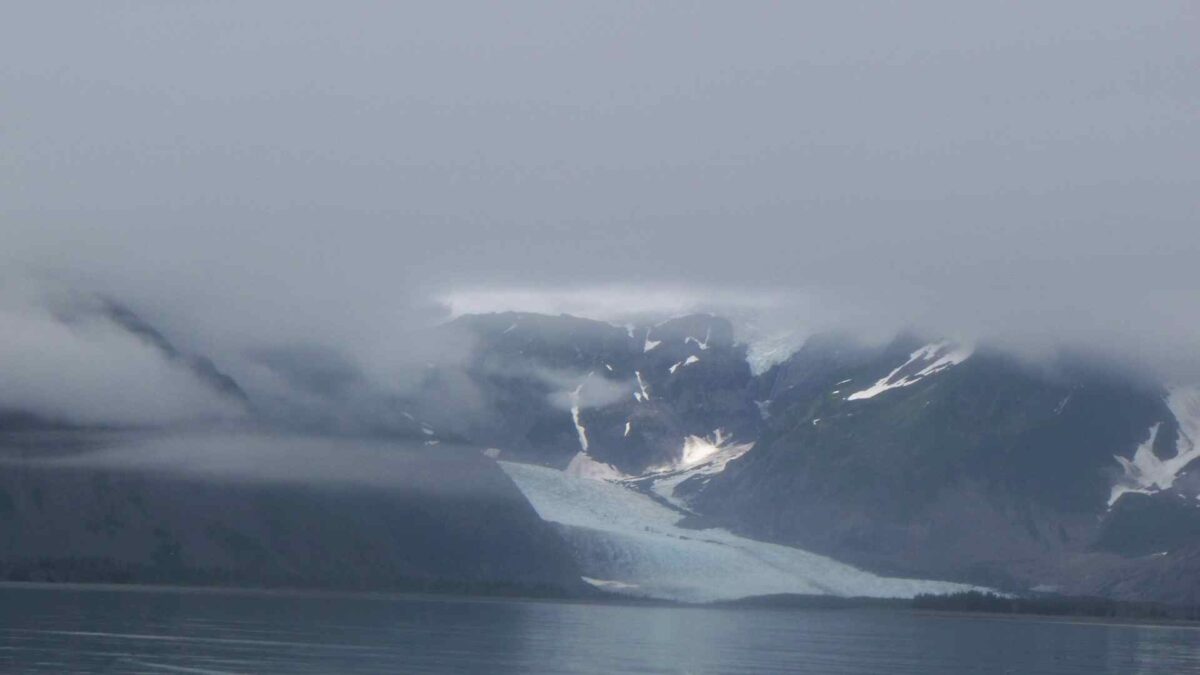
Glaciers across the world are cooling the air that touches their surfaces in a final effort to resist climate change. But this self-regulating mechanism is nearing its limit, according to a new study published in Nature Climate Change by researchers at the Institute of Science and Technology Austria (ISTA).
Led by postdoctoral researcher Thomas Shaw, the team compiled and re-analysed data from 350 weather stations on 62 glaciers worldwide. Their findings show that glaciers are warming more slowly than the surrounding air, a phenomenon known as “decoupling.” On average, near-surface glacier temperatures rose by 0.83 degrees Celsius for every one-degree increase in ambient temperature.
This cooling effect is most pronounced in massive glaciers such as those in the Himalayas, which generate katabatic winds, dense, cold air masses that flow down their slopes. These winds help preserve the glaciers’ ecosystems and delay melting. However, the study warns that this effect will peak between the 2020s and 2040s. After that, glaciers will begin to “recouple” with the warming atmosphere, accelerating their decline.
Shaw and his colleagues developed a global model to estimate how long glaciers can continue absorbing climate shocks. They found that factors such as debris mantles on glacier surfaces can limit the cooling effect. Once glaciers lose enough mass, their ability to regulate local temperatures will collapse.
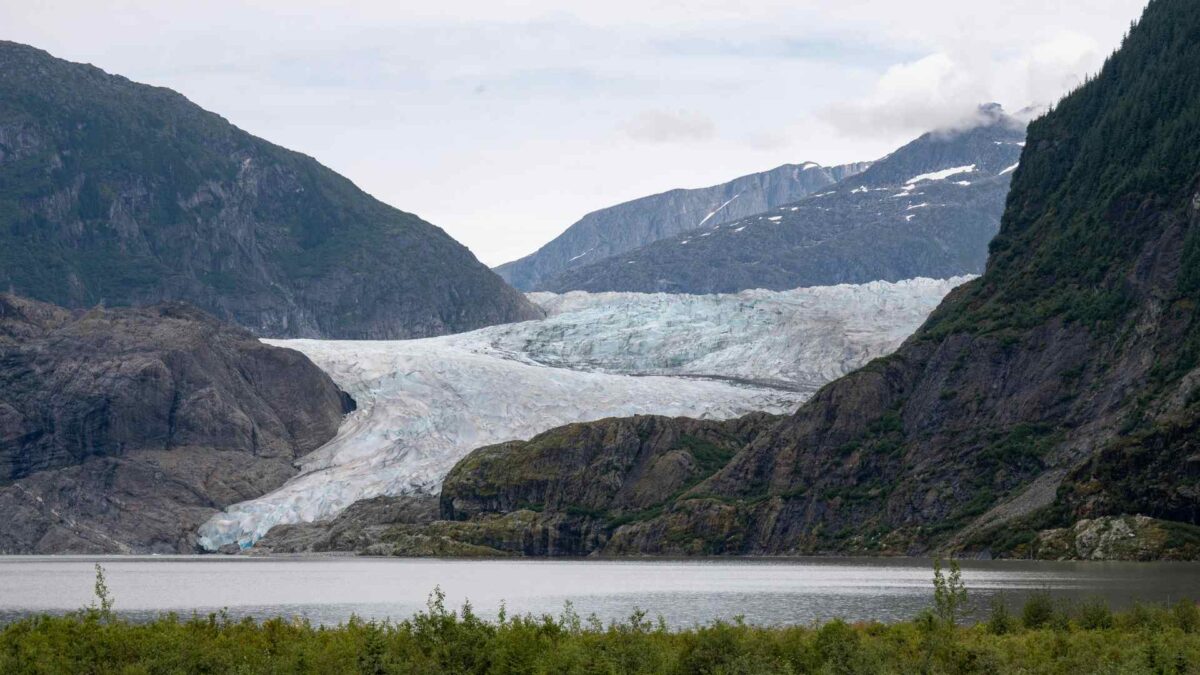
While the findings offer a narrow window for action, the researchers stress that mitigation, not geo-engineering, is the only viable path forward. “We must accept the committed ice loss and put our full efforts into limiting further climatic warming,” Shaw said. “Every bit of a degree counts.”
The study highlights the urgent need for coordinated global climate policies to reduce emissions and safeguard water resources. As glaciers reach the end of their cooling power, the consequences for downstream communities and ecosystems will become increasingly severe.
Share this WeathÉire story:



